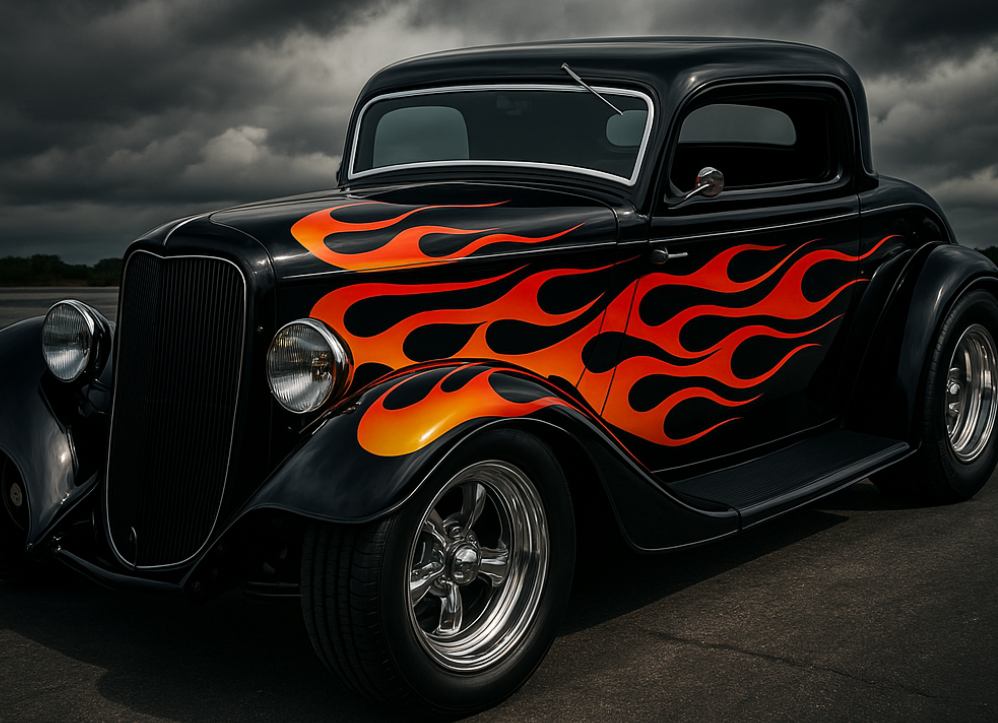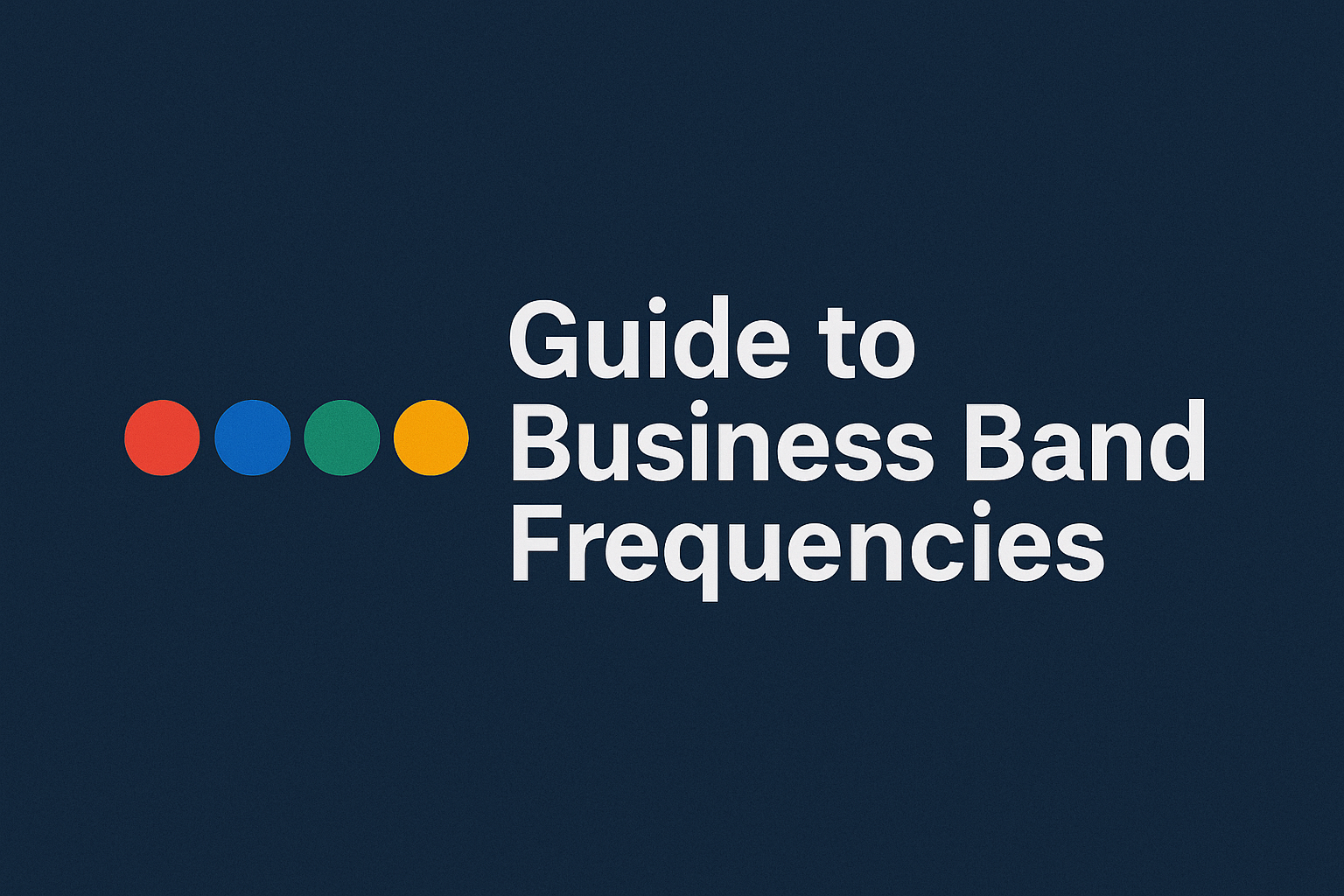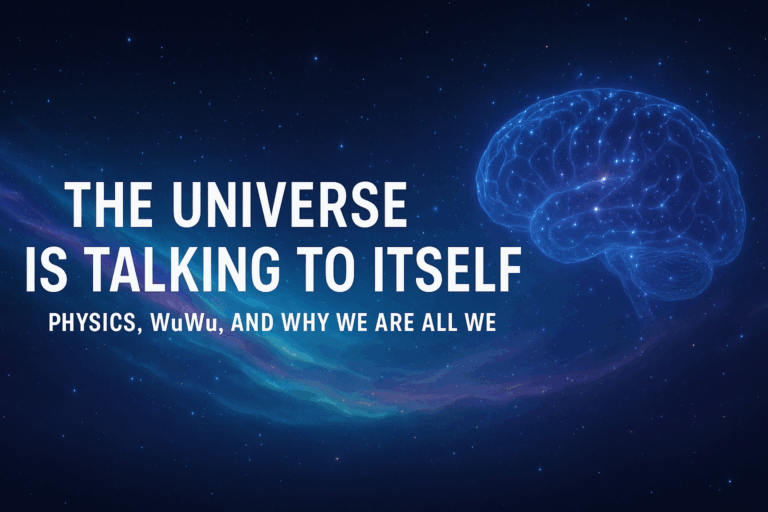
Before you ever double-tapped a cat video or saw the dancing baby on a dial-up connection, you already knew what a meme was. You just didn’t call it that yet.
Let’s talk about flames.
Not real ones — the kind you draw. Specifically, the ones you saw streaking down the side of a muscle car, a dirt-track jalopy, or a plastic Big Wheel trike. Those stylized, flickering streaks of orange, yellow, and red weren’t flames. They were the idea of flames. A version of a version of a version — abstracted and simplified until they became an icon.
And everybody got it.
Car flames are one of the earliest forms of meme art in American culture. They spread not because of a brand campaign or an algorithm but because people saw them, liked them, and copied them. They were contagious. They meant speed. They meant attitude. They meant you didn’t care what your boss thought. You knew a guy who had a buddy who knew a guy who could paint flames, and suddenly, your Honda Civic had the swagger of a ‘69 GTO.
That’s a meme.
Richard Dawkins coined the term in 1976 to describe how ideas evolve like genes — through replication, mutation, and survival. In that sense, car flames were the original street meme: passed from garage to garage, airbrush to airbrush, fueled by a shared cultural understanding.
What’s wild is that no one ever had to explain them. There was no user manual. You just looked at a set of licks on a fender and knew — this thing is fast, or wants to be. It’s hot, or wants to be. It’s part of a tribe. The flames didn’t make it go faster. They made it feel faster. And that shared illusion — that collective wink — is what memes are all about.
So next time you see a low-rider, a rat rod, or a toy car covered in flame decals, don’t just admire the paint. Tip your hat to one of the OG memes — the ones that burned their way into our cultural hardwiring long before TikTok, Instagram, or Reddit ever showed up.
Because long before the internet, we were already memeing. We just called it cool.


